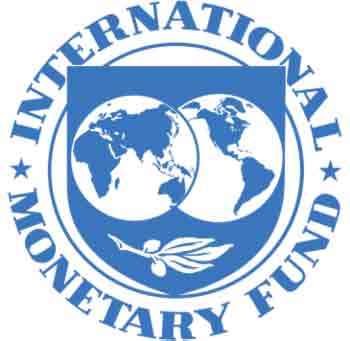
 Dhaka, Bangladesh (BBN) - The International Monetary Fund (IMF) has suggested the government to formulate law for streamlining loan recovery and curbing influence over lending decisions on the state-owned commercial banks (SoCBs).
Dhaka, Bangladesh (BBN) - The International Monetary Fund (IMF) has suggested the government to formulate law for streamlining loan recovery and curbing influence over lending decisions on the state-owned commercial banks (SoCBs).
The government’s reform strategy to address the banks’ losses and improve operations entails improved governance, gradual recapitalisation, credit growth limits, and automated financial reporting, according to the IMF’s latest country report for Bangladesh.
“To ensure the success of this strategy the government could also introduce legal and regulatory changes to streamline loan recovery, eliminate government influence over lending decisions, and improve incentives for the banks to operate on a commercial basis,” the IMF said in its report.
The public banks represent about a quarter of total banking system assets and continue to suffer balance sheet weaknesses.
“These weaknesses are largely the legacy of loans made to large borrowers who lack the incentive to repay, and limitations in the legal system which hamper the banks’ ability to recover these loans,” it explained.
The IMF also said this keeps their non-performing loan ratios high, with the more recent increases reflecting in part improvements in enforcing loan classification and the reclassification of previously restructured loans.
These banks are also tasked with carrying out public policy initiatives which have sway over many of their lending decisions, according to the report.
“An implicit government guarantee on their deposits keeps them highly liquid and limits their threat to financial stability, but their operations could lead to growing quasi-fiscal losses and are an impediment to modernising the financial sector,” the IMF added.
The Washington-based IMF’s latest observations came against the backdrop of rising trend of classified loans in the country’s banking sector particularly in SoCBs recently.
Classified loans in the country’s banking system jumped by over 18 per cent or BDT 112.37 billion in the first quarter (Q1) of the current calendar year, despite close monitoring by the Bangladesh Bank (BB).
According to the central bank’s latest statistics, the amount of non-performing loans (NPLs) bloated into BDT 734.09 billion during the January-March period from BDT 621.72 billion in the preceding quarter.
The total amount of non-performing loans (NPLs) with six SoCBs rose by 15.11 per cent to BDT 357.16 billion in the Q1 of this year from BDT 310.26 billion in the previous quarter.
The percentage of NPLs of total outstanding of the public banks stood at 28.56 per cent in the Q1 of this year against 25.05 per cent in the final quarter of 2016, the BB data showed.
Total outstanding loans of the SoCBs were BDT 1250.46 billion in the Q1 of 2017.
Besides, the capital base of banks weakened in the Q1 of this calendar year following higher growth of classified loans in the banking system.
The overall capital-to-risk weighted assets ratio (CRAR) of all the banks operating in Bangladesh came down to 10.68 per cent in Q1 from 10.80 per cent in Q4 of last calendar year.
The CARA of six SoCBs stood at 5.92 per cent as on March 31 this year against 5.86 per cent three months before. It was 6.35 per cent as on December 31, 2015.
Bangladesh’s banking sector performance—based on indictors of profitability, capital adequacy, and non-performing loans —differs significantly between private and state-owned banks, suggesting scope to strengthen oversight and limit risks for the sector as a whole.
The IMF also said reforms should focus on further improving supervision, containing risks from loan concentration and banks’ exposure to capital markets, and improving the legal and financial framework for loan recovery.
BBN/SSR/AD